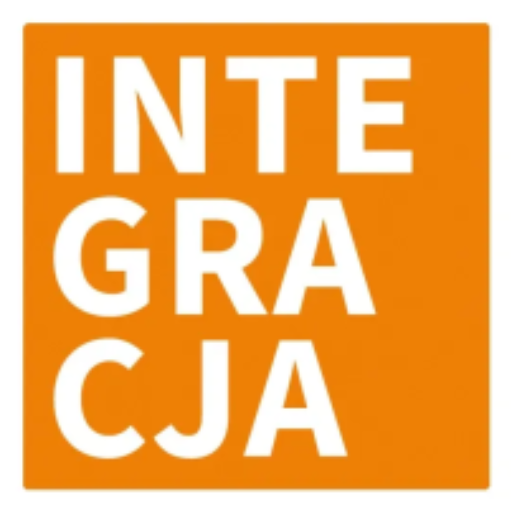TTMS, as a Patient Portal
Software Company
At TTMS, we specialize in delivering tailored Patient Portal Software solutions using the AEM platform, designed to meet the unique needs of healthcare providers. Our end-to-end development services create secure, user-friendly portals, enhancing communication and information exchange between patients and their healthcare providers, particularly in the pharmaceutical care sector.
TTMS provides complex Patient Portal Development Services
Registration and Access
Patients create an account on the patient portal, typically using a web browser or mobile app. They may be required to provide personal information, health history, and consent to data processing.
Secure Messaging
The portal allows secure communication between patients and healthcare providers. Patients can ask questions, request prescription refills, and receive advice or feedback without the need for an in-person visit.
Medication Management
Patients can view their current medications, request refills, and sometimes receive reminders to take their medications. Some portals integrate with pharmacies to streamline the prescription renewal process.
Appointment Scheduling
Patients can schedule, reschedule, or cancel appointments with healthcare providers through the portal. Some systems also offer reminders for upcoming visits.
Access to Medical Records
Patients can view their medical history, lab results, and other health data. This feature empowers patients to actively manage their health.
Educational Resources
The portal may offer various educational materials, including articles, videos, and guidelines related to the patient’s health condition and treatment options. These resources help patients better understand their health and make informed decisions.
Clinical Trial Information
Some portals provide information on ongoing clinical trials that patients may be eligible for, facilitating patient participation in research studies.
Telemedicine
Many patient portals offer telemedicine services, allowing patients to have virtual consultations with healthcare providers. This is especially useful for follow-up visits or minor health concerns.
Billing and Insurance
Patients can view and manage their billing information, pay medical bills, and sometimes handle insurance claims through the portal.
Data Security and Privacy
The portal ensures that all patient information is securely stored and compliant with regulations such as HIPAA (Health Insurance Portability and Accountability Act) and GDPR (General Data Protection Regulation), safeguarding patient privacy.
Integrating these features into a patient portal enhances the patient experience by providing convenient access to healthcare services, improving communication, and enabling better health management.
At every stage, your project will be taken care of by our teams of professionals and experts:
Why Choose TTMS as Patient Portal Vendor?
Choosing TTMS means benefiting from our expertise in developing tailored Health Patient Portal platforms that offer seamless integration, enhanced security, and user-friendly designs to improve patient engagement and healthcare efficiency. Additional benefits include:
1
Increased Patient Engagement
The Patient Portal provides patients with easy access to their medical data, test results, visit history, and prescriptions, empowering them to take a more active role in managing their health.
2
Improved Communication
With features like secure messaging and chats, patients can easily communicate with doctors and medical staff, leading to quicker resolution of health concerns and better patient monitoring.
3
Streamlined Administrative Processes
The Patient Portal automates many tasks such as appointment scheduling, reminders, and prescription management, reducing the administrative burden on medical staff.
4
Better Medical Data Management
The portal centralizes patient data, making it easier to access medical information, improving the accuracy of documentation, and supporting better clinical decision-making.
5
Cost Reduction
Automating processes, reducing unnecessary visits, and improving care management can lead to significant operational cost savings.
6
Increased Patient Satisfaction
Easier access to medical services, improved communication, and higher patient engagement contribute to greater satisfaction, which can result in increased loyalty and positive feedback.
7
Chronic Disease Management Support
The Patient Portal can offer tools for monitoring patients with chronic conditions, making it easier to manage therapies and potentially improving health outcomes.
8
Patient Education
The portal can provide valuable educational materials, such as articles, instructional videos, and health guides, helping patients better understand and manage their health conditions.
9
Integration with Other Systems
The Patient Portal can be integrated with other healthcare management systems, allowing for a more holistic approach to patient care and better coordination among various healthcare providers.
Patient Portal Solutions
Case Studies by TTMS
The world’s largest corporations have trusted us
Ready to take your business to the next level?
Let’s talk about how TTMS can help.

Krzysztof Stachowiak
Head of AEM
FAQ
What is patient portal software?
Patient portal software is a secure online platform that enables patients to access their medical records, book appointments, message healthcare providers, and manage their health conveniently. At TTMS, we build patient portals on Adobe Experience Manager (AEM) for enhanced personalization, scalability, and content management.
How do you make a patient portal?
We develop patient portals using AEM by:
- Understanding client and user requirements
- Designing intuitive, accessible UI/UX
- Integrating with healthcare systems like EHR/EMR
- Ensuring HIPAA and GDPR compliance
- Implementing advanced content management and personalization features using AEM
- Testing and launching across devices
What is the difference between EHR and Patient Portal?
An EHR (Electronic Health Record) is a system used by medical professionals to store and manage patient data. A patient portal, built on platforms like AEM, allows patients to access selected data from the EHR, communicate with providers, and manage health-related tasks online.
How long does it take to implement Patient Portal?
With TTMS and AEM, the implementation timeline varies based on scope and integrations but typically ranges from 3 to 6 months for a fully customized, secure, and integrated solution.
What are the two types of Patient Portal?
- Standalone portals – Independent systems not connected to EHRs
- Integrated portals – Seamlessly connected to EHR/EMR systems, offering real-time data.
We specialize in integrated portals built with AEM, ensuring a cohesive digital experience for patients and providers.
How do you make the Patient Portal websites secure?
Using AEM, we ensure top-tier security with:
- HTTPS encryption
- Multi-factor authentication
- Role-based access control
- HIPAA/GDPR compliance
- Regular security audits and secure development practices
Is Patient Portal part of EMR?
The portal itself is not part of the EMR but can be tightly integrated with it. Our AEM-based portals pull relevant data from EMR systems to give patients secure and user-friendly access.
What information is excluded from Patient Portal?
Typically, information like mental health records, clinician notes, or preliminary diagnostic results may be withheld depending on medical policies or regional regulations. With AEM, we ensure customizable data access controls based on your needs.












